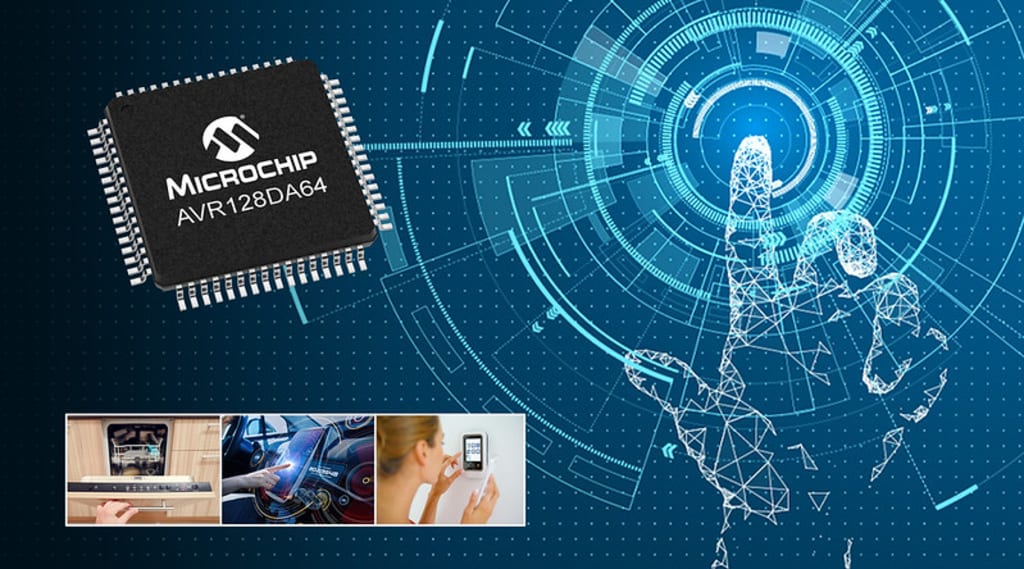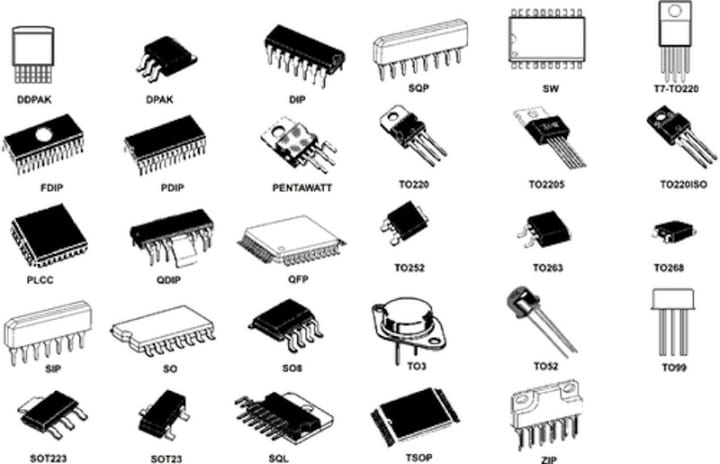The Role of Microcontrollers (MCUs) in Advanced Energy Storage Systems
Advanced Energy Storage Systems MCU

In the evolving landscape of energy storage systems, the Microcontroller Unit (MCU) has emerged as a pivotal component, managing the intricate operations required for efficient and secure energy storage. As storage technologies, particularly lithium-ion batteries, become more sophisticated and prevalent, MCUs are tasked with overseeing critical functions such as monitoring device status, managing user interfaces, controlling power outputs, and facilitating communication. This central role underscores the MCU's importance in enhancing battery life, optimizing user experience, and maximizing energy efficiency.

MCUs, or Microcontroller Units, serve as the 'brain' of energy storage systems, orchestrating the coordination of various components. They regulate battery charge and discharge cycles, monitor vital parameters including voltage, current, temperature, and State of Health (SOH), and implement protective strategies to prevent issues such as overcharging, over-discharging, and short circuits. This ensures the safe operation and longevity of battery packs. MCUs also process data from sensors, make real-time control decisions, and manage communication with other devices or cloud platforms through wired or wireless interfaces like CAN bus, Bluetooth, or Wi-Fi.
In high-end applications, such as those incorporating MCUs from leading manufacturers, advanced features are integrated to meet stringent safety standards. For instance, NXP’s Kinetis K series and the i.MX RT series provide high performance and advanced safety features suitable for complex energy storage systems. The STM32 series from STMicroelectronics, including the STM32F4 and STM32H7 series, offer robust processing power and extensive peripheral support, making them ideal for managing sophisticated battery management systems (BMS). Additionally, the Silicon Labs EFR32 and EFR32xG24 series provide low-power operation and integrated communication interfaces, which are valuable for energy-efficient and connected applications.
For energy storage systems equipped with displays or indicators, MCUs also handle user interface management, allowing users to view system status, receive alerts, and adjust parameters. For example, the Atmel SAM D series MCUs offer a balance of power efficiency and performance for user interface tasks, while the Renesas RX series provides high-speed operation and advanced peripherals for complex control scenarios.
Compared to MCUs used in other smart devices like consumer electronics or smart home products, those in energy storage systems are designed to meet higher safety standards and possess enhanced computational and multitasking capabilities. Industrial-grade MCUs used in storage applications are built to withstand extreme temperatures, from -40°C to +85°C, and must demonstrate long-term stability and durability. They often include specific communication interfaces and protocols, such as RS-485, Ethernet, and CAN bus, to facilitate integration with power grids, monitoring systems, and other energy management platforms.
Looking forward, MCU technology in energy storage systems is expected to advance significantly. Enhancements in processing power, integration, and energy efficiency will enable MCUs to handle larger volumes of data and provide more precise battery monitoring and protection. Future MCUs are likely to integrate features like high-precision Analog Front Ends (AFEs), advanced Power Management Units (PMUs), multi-channel communication interfaces, and security modules to streamline system design, reduce costs, and boost overall performance. Low-power MCU designs are becoming increasingly important to extend battery life and minimize energy consumption.
As the importance of safety grows, MCUs will incorporate more hardware-based security features, such as encryption accelerators, secure boot mechanisms, and memory protection units, to address stringent cybersecurity and privacy concerns. The trend towards smarter energy management may also lead to the integration of machine learning accelerators or neural network processors, enabling on-site data processing for predictive battery health assessments and optimized charge/discharge strategies.
With the growth of the energy storage market, standardized industry protocols and interfaces will promote interoperability among devices from different manufacturers. Emphasizing long lifecycle design, environmentally friendly materials, and sustainable production practices will also become more prevalent in MCU development. Additionally, the rise of RISC-V architecture, particularly in domestic RISC-V MCUs like the SiFive E21 and E31 series, offers high performance, reliability, and extensive peripheral resources, making them suitable for industrial control and energy storage applications.
In conclusion, MCUs are not only the core processors in energy storage devices but also the key elements ensuring the system’s efficiency, safety, and intelligence. As technology progresses, the performance of MCUs continues to enhance, enabling more complex functionalities and higher levels of automation in energy storage systems. The evolving MCU landscape reflects the growing demands of energy storage technologies and the drive towards more efficient, secure, and intelligent energy management solutions.
About the Creator
Enjoyed the story? Support the Creator.
Subscribe for free to receive all their stories in your feed. You could also pledge your support or give them a one-off tip, letting them know you appreciate their work.





Comments (1)
Nicely done it.